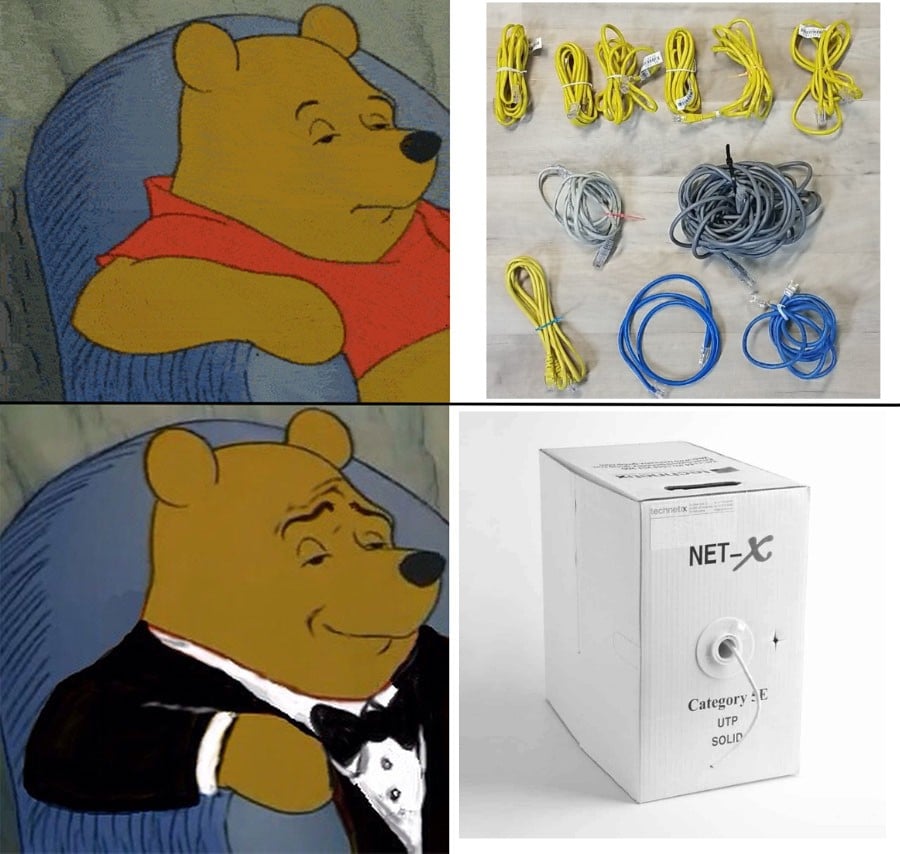this post was submitted on 23 Feb 2025
260 points (97.4% liked)
memes
12056 readers
4096 users here now
Community rules
1. Be civil
No trolling, bigotry or other insulting / annoying behaviour
2. No politics
This is non-politics community. For political memes please go to [email protected]
3. No recent reposts
Check for reposts when posting a meme, you can only repost after 1 month
4. No bots
No bots without the express approval of the mods or the admins
5. No Spam/Ads
No advertisements or spam. This is an instance rule and the only way to live.
A collection of some classic Lemmy memes for your enjoyment
Sister communities
- [email protected] : Star Trek memes, chat and shitposts
- [email protected] : Lemmy Shitposts, anything and everything goes.
- [email protected] : Linux themed memes
- [email protected] : for those who love comic stories.
founded 2 years ago
MODERATORS
you are viewing a single comment's thread
view the rest of the comments
view the rest of the comments

tbh high bandwidth cables over copper are a bit of an anti pattern.
Would be a lot cheaper and compact if ethernet and video over fiber were more popular already
The equipment required to fuse glass fiber to connectors is still slightly more expensive than a set of crimp tools. Really cool machine though
You don't need to fuse every fiber connection unless you're doing really long distance fiber.
For runs inside a building, single pulls with mechanical splices would work just fine. You shouldn't get much loss as long as there aren't more than two or so mechanical splices.
Source: worked as a technician for a fiber optic ISP.
Oh, I've never heard of mechanical splices, only the ones that heat and melt the fibers together. Can you do custom lengths? Is there a machine that does it?
I would genuinely love any info you have
It's basically just an end you attach to the fiber:
https://www.gomultilink.com/products/066-222-10?category=44
You'll use a cleaver to break the fiber at a 90 degree angle to reduce attenuation, and slide it into the connector. Once it bottoms out, you press something down and it grabs the fiber, holding it in place.
I know it's Youtube, but here's a video of the process:
https://www.youtube.com/watch?v=WuKm7t87SJU
The idea is you would pull a fiber cable through a building and terminate it with ends like these. Then install them into a bulkhead to make them similar to solid-core CAT5/5e/6 cable into a patch panel. You can then use premade jumpers to connect from the building wiring to the devices you're using.
The fusion machines are generally used for long distance links because of the significantly lower attenuation per splice. A fiber line that goes 40 miles is likely to have tens if not hundreds of splices in it depending on the number of spans of cable, and industry standard for fusion splices is 0.00-0.05 db attenuation per fusion splice.
That is super cool! Thanks for taking the time to reply!
Yeah, probably wont be possible for people to make their own data cables for much longer. Fiber cables are much cheaper and thinner than copper at least, so not as much of an issue to buy different sizes instead of making them yourself.
That's mostly because too few people use them.
The engineering requirements are also a lot higher. It's the difference between a nut, bolt and spanner, compared to a welding machine.